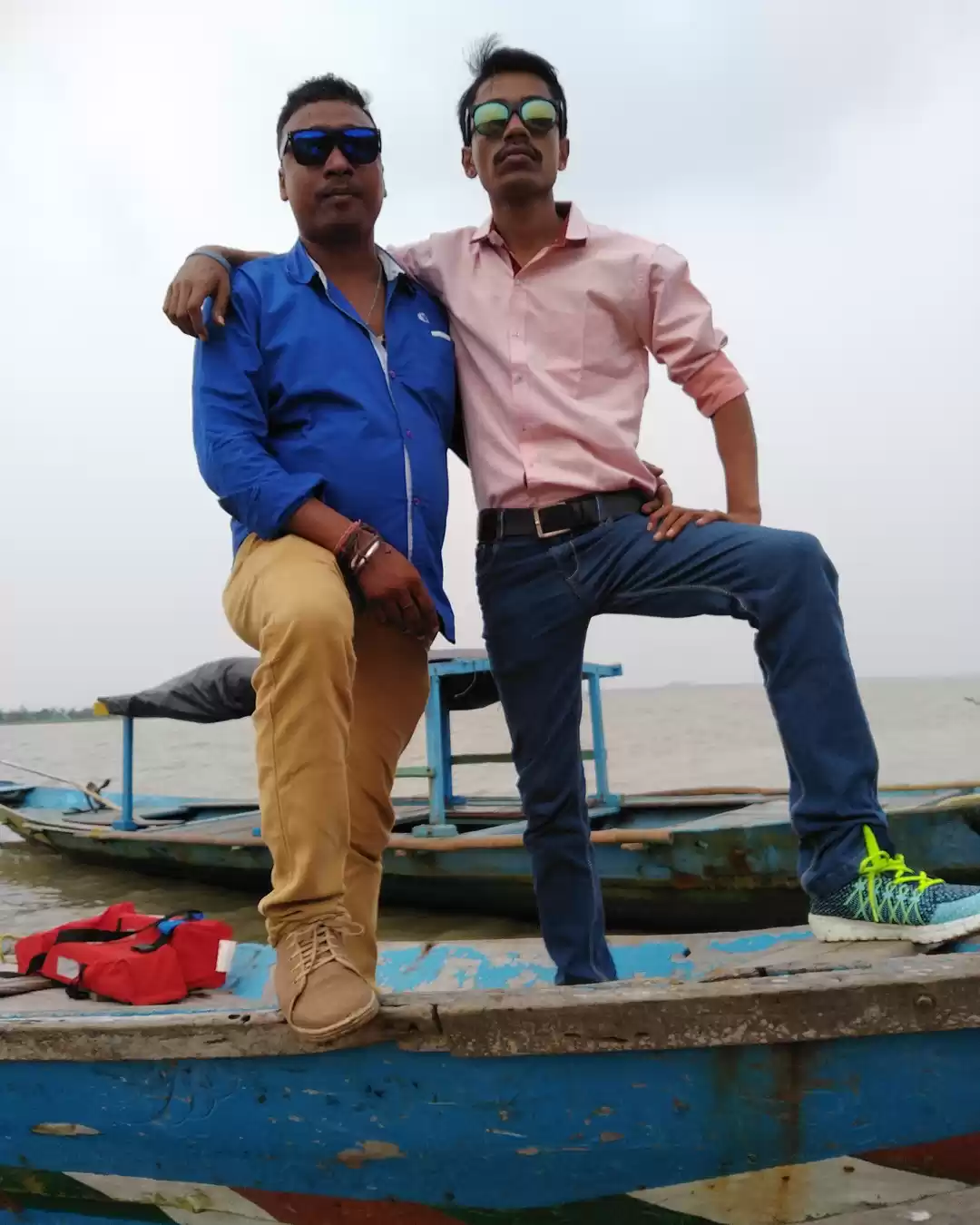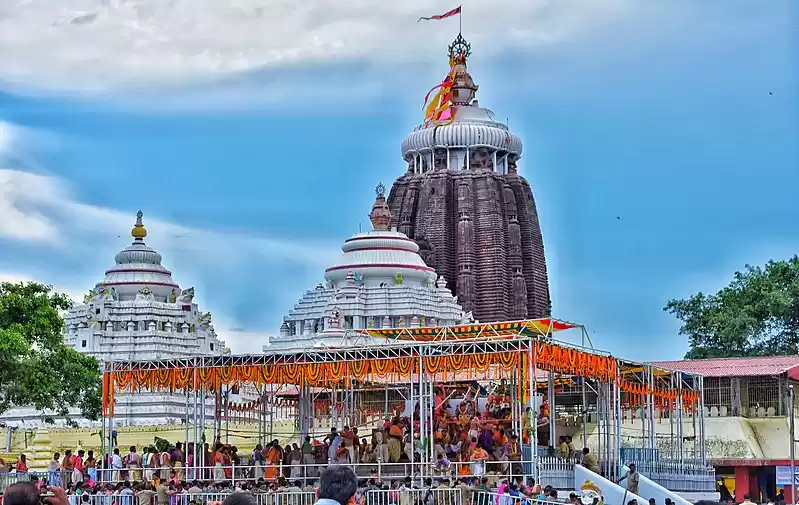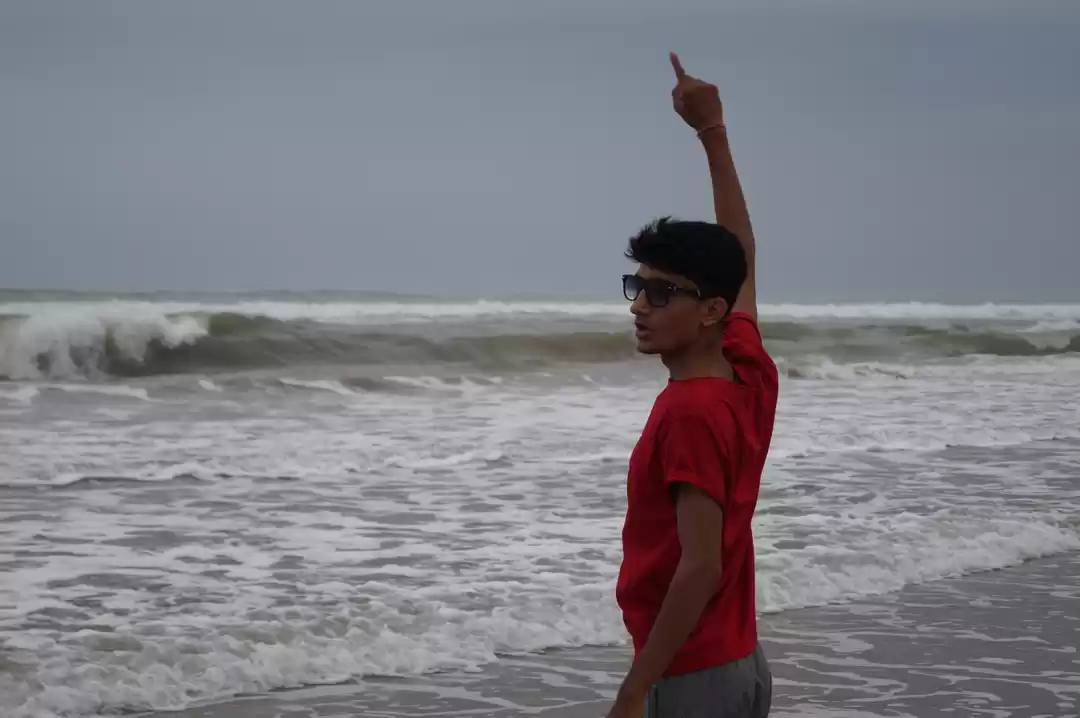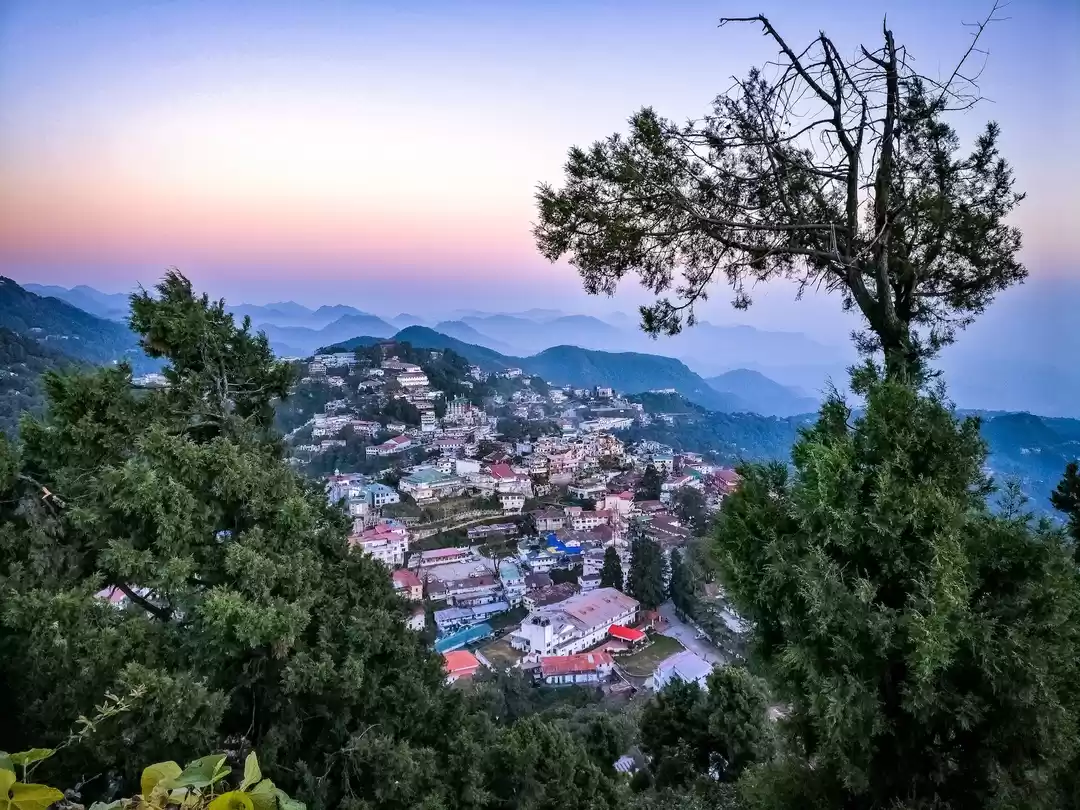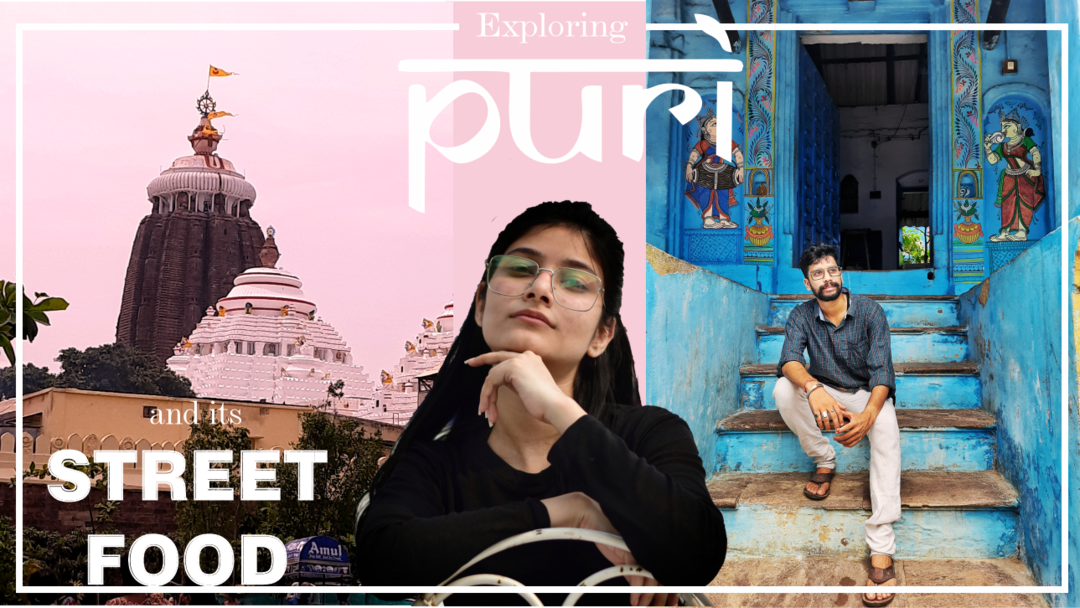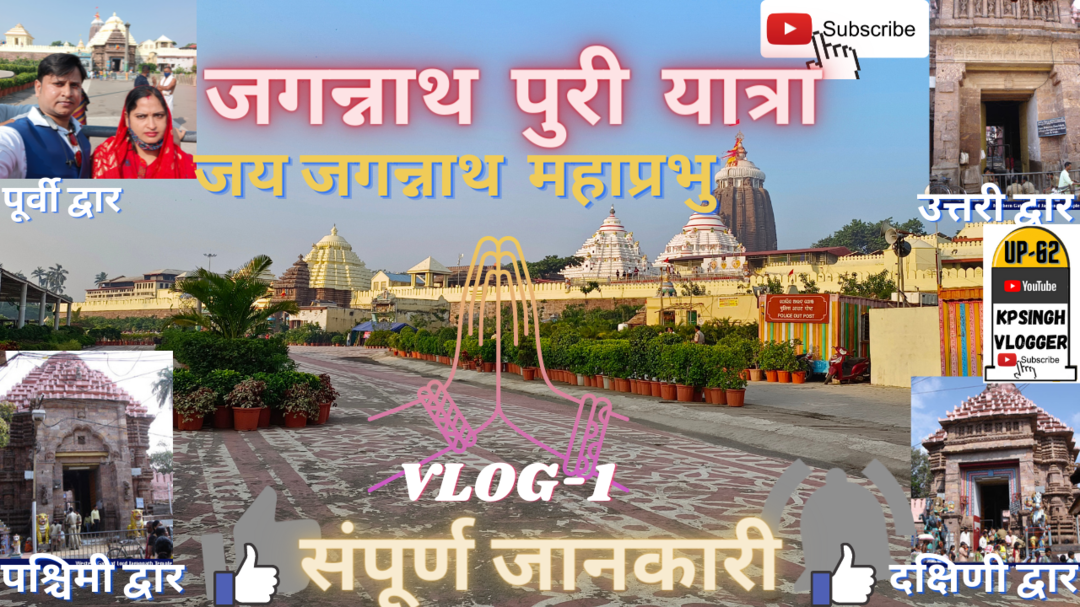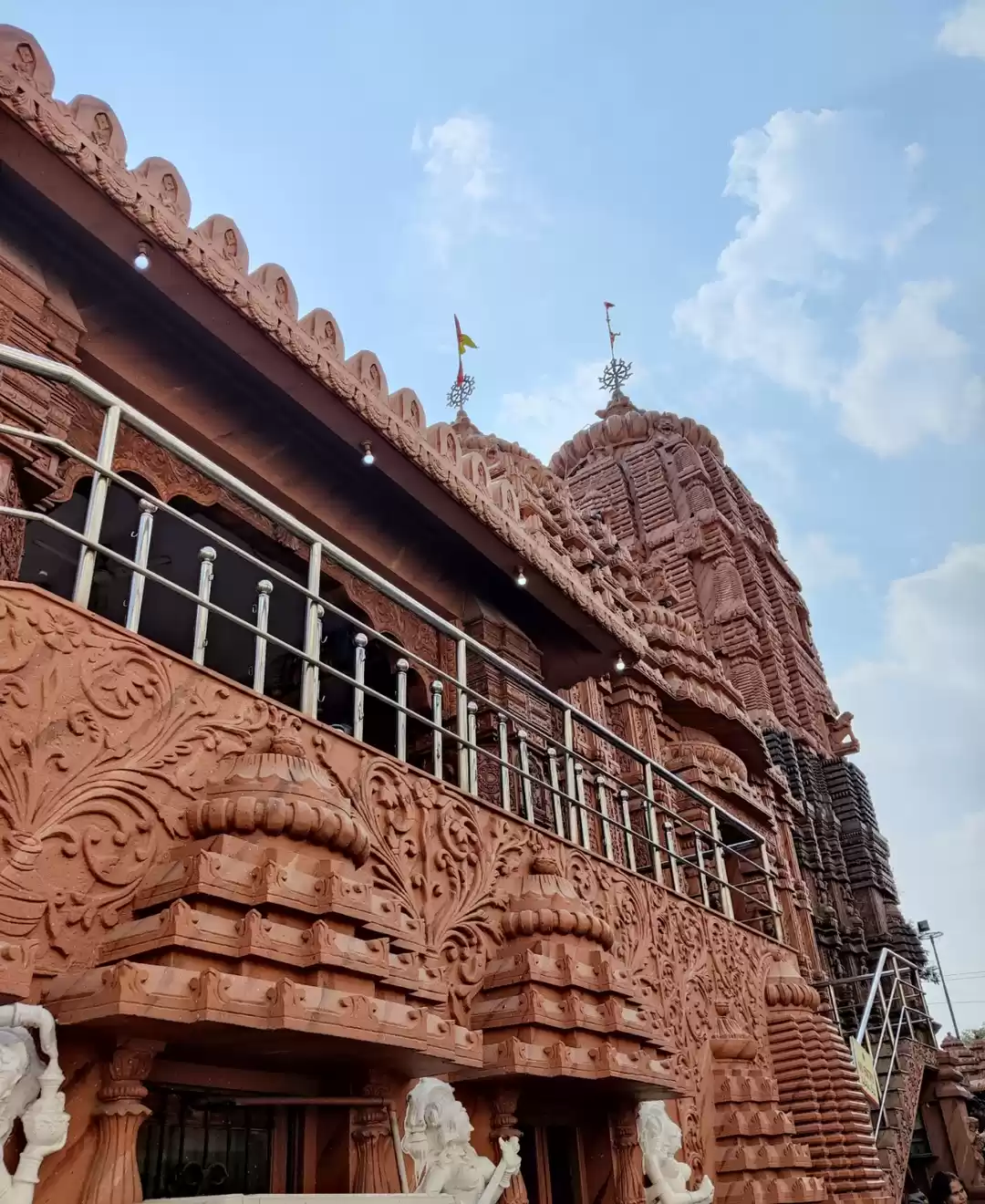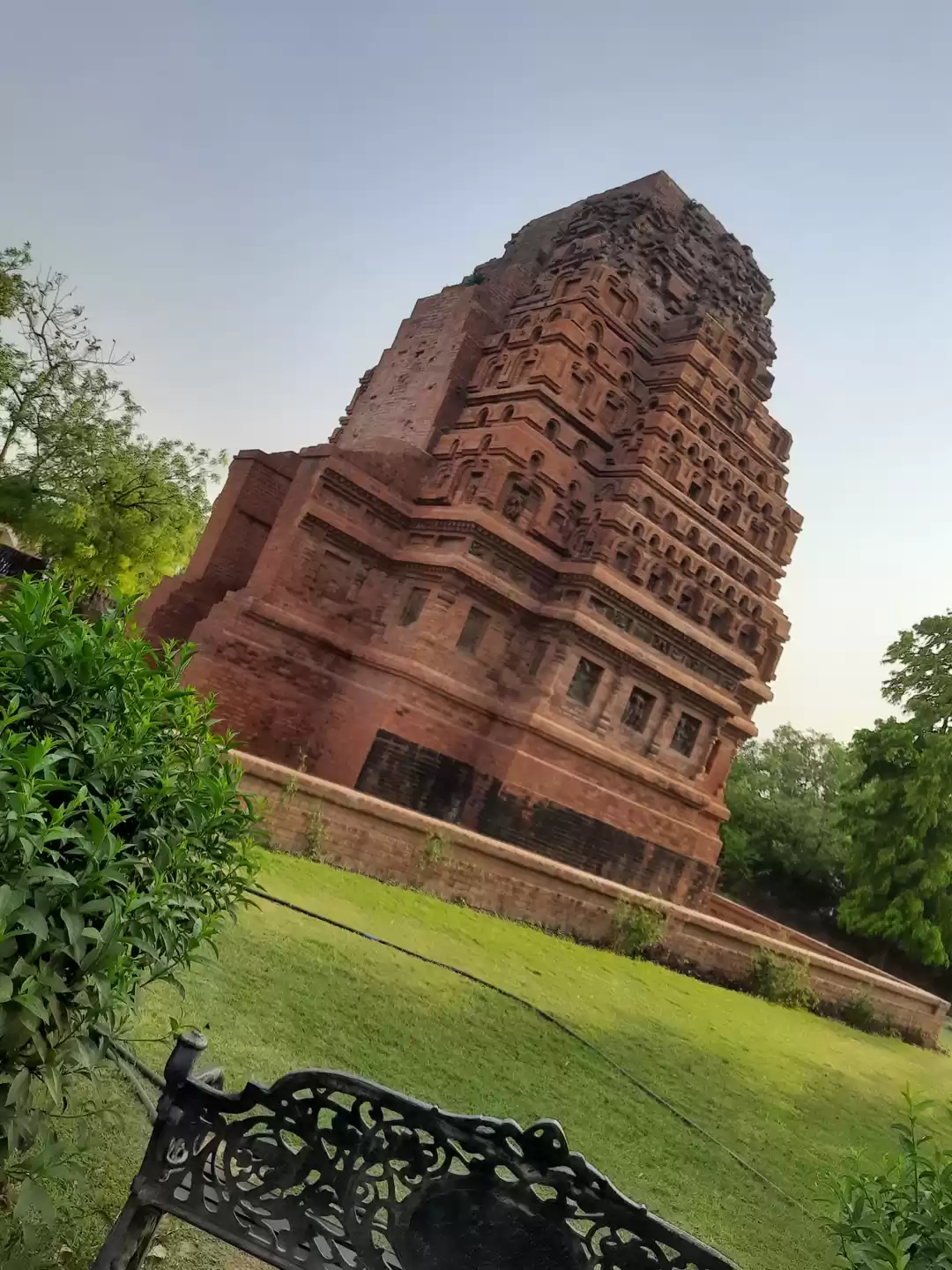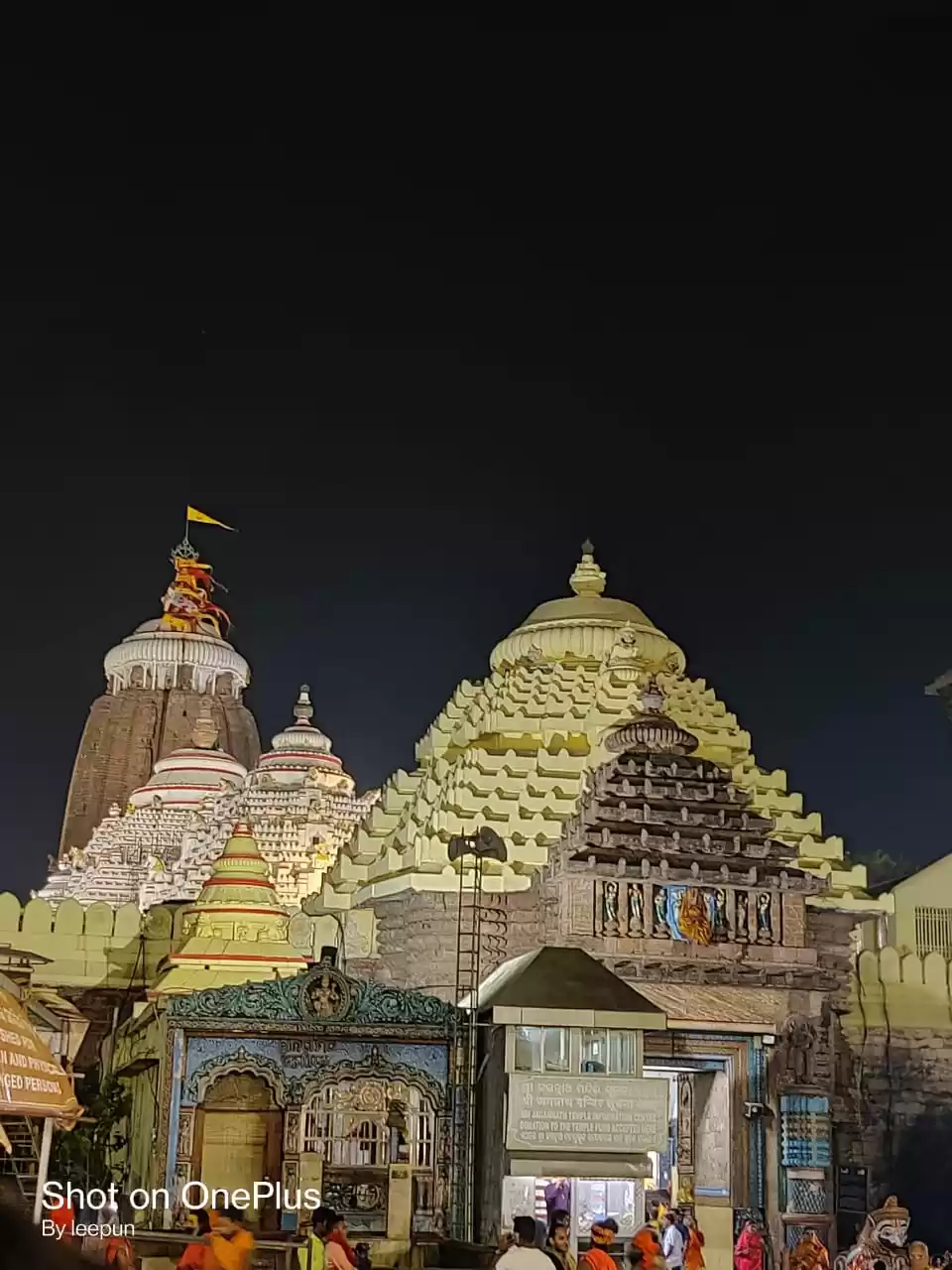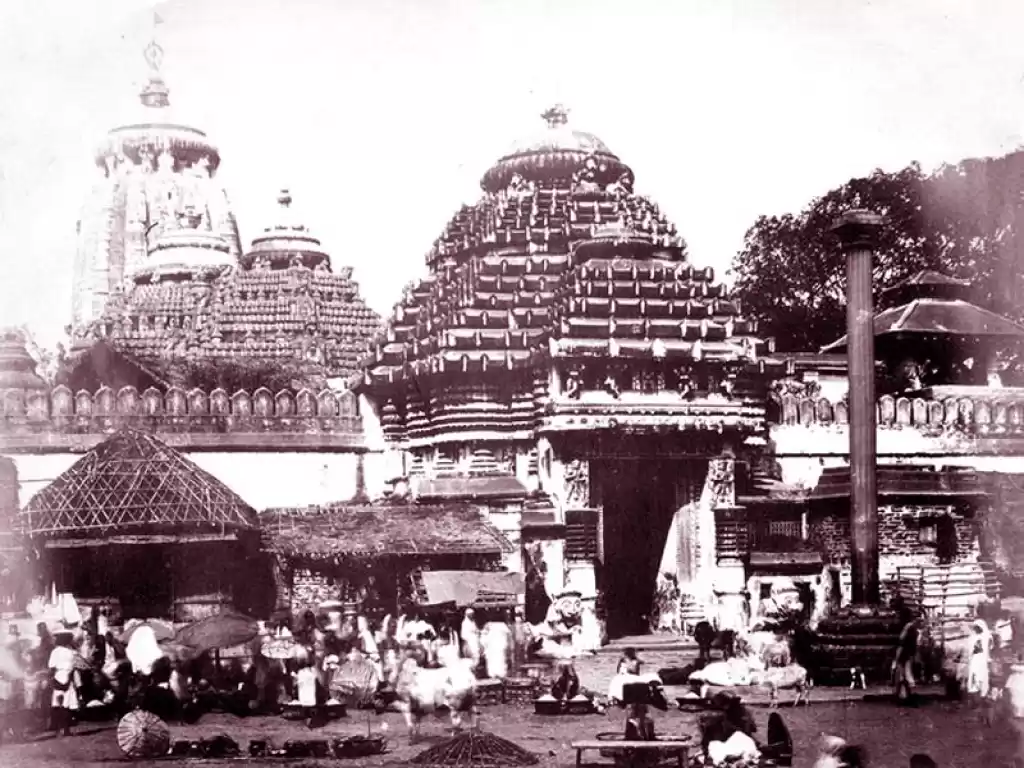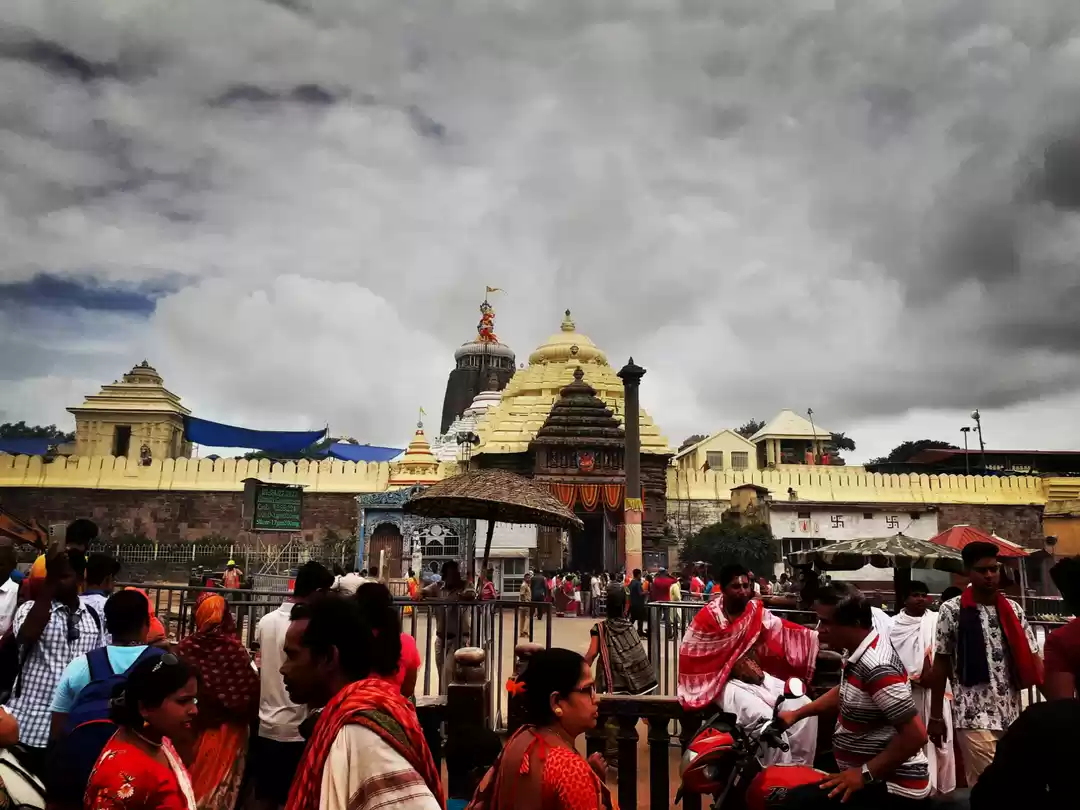Are you looking for a spiritual and cultural destination that will take you on a journey of faith, history, and art? If yes, then you should visit the Jagannath Temple in Puri, Odisha, which is one of the most sacred Hindu pilgrimage sites and a part of the Char Dham Yatra. The Jagannath Temple is dedicated to Lord Jagannath, who is considered as a form of Lord Vishnu, along with his brother Balabhadra and sister Subhadra, who are worshipped along with Sudarshana Chakra. The temple is famous for its unique history, architecture, rituals, festivals, and facts that make it a wonder of the world.
In this article, we will provide you with comprehensive and updated information about the temple and its attractions for visitors and devotees. Whether you are planning to visit the temple or just curious to know more about it, this guide will help you explore the sacred abode of Lord Jagannath.
How to Reach Jagannath Temple
Jagannath Temple is located in the coastal town of Puri, in the state of Odisha, on the eastern coast of India. Puri is well connected by air, rail, and road from different cities in India. The nearest airport is Bhubaneswar, which is about 60 km away from Puri. You can take a bus or a taxi from the airport to reach Puri. Alternatively, you can also take a train from Bhubaneswar or other major cities like Kolkata, Delhi, Mumbai, Chennai, etc. to reach Puri railway station, which is about 2 km away from the temple. You can also drive to Puri by taking the National Highway 16 or 316 from Bhubaneswar or other nearby towns.
The address of Jagannath Temple is Grand Road, Puri, Odisha - 752001. The temple is situated in the heart of the town and can be easily reached by walking, cycling, rickshaw, or auto-rickshaw.
History of the Temple
The history of the Jagannath Temple is shrouded in mystery and legend. According to one popular myth, the temple was built by King Indradyumna, who was instructed by Lord Vishnu in a dream to find a log floating in the sea and carve idols out of it. However, when he found the log, he could not find any sculptor who could carve the idols. Then, an old man appeared and offered to do the job, but on one condition: he should be left alone in a closed room for 21 days. The king agreed, but after 14 days, he became impatient and opened the door. He was shocked to see that the idols were incomplete and had no hands or feet. The old man revealed himself as Lord Vishnu and said that this was his will. He told the king to install the idols in the temple as they were and assured him that they would be worshipped by millions of people.
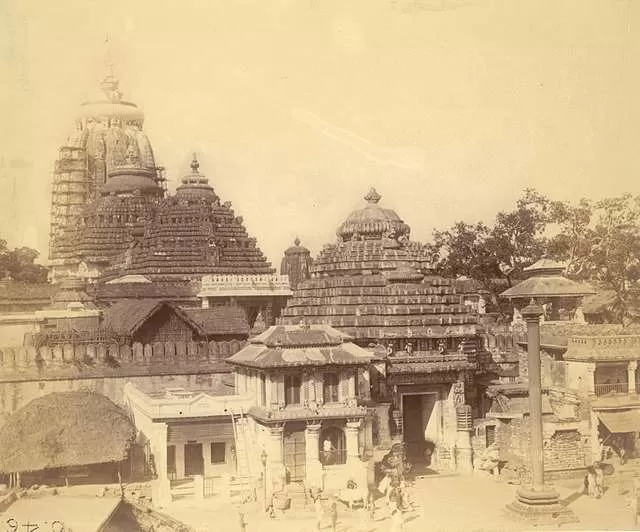
The temple has undergone several changes and renovations over the centuries. It was invaded and plundered by many foreign rulers, such as Kalapahad, Qutb-ud-din Aibak, Firuz Shah Tughlaq, etc. It was also patronized and protected by many local kings and dynasties, such as the Eastern Ganga Dynasty, the Gajapati Dynasty, the Maratha Empire, etc. The temple reached its peak of glory during the reign of King Anantavarman Chodaganga Deva (1078-1148 CE), who built the present structure of the temple. The temple is also associated with many saints and sages, such as Adi Shankara, Ramanuja, Madhvacharya, Chaitanya Mahaprabhu, etc., who visited and propagated their teachings here.
The history of the temple is not only fascinating but also inspiring. It shows how the temple has survived and thrived despite all odds and challenges. It also shows how the temple has been a source of spiritual and cultural unity for millions of people across India and beyond.
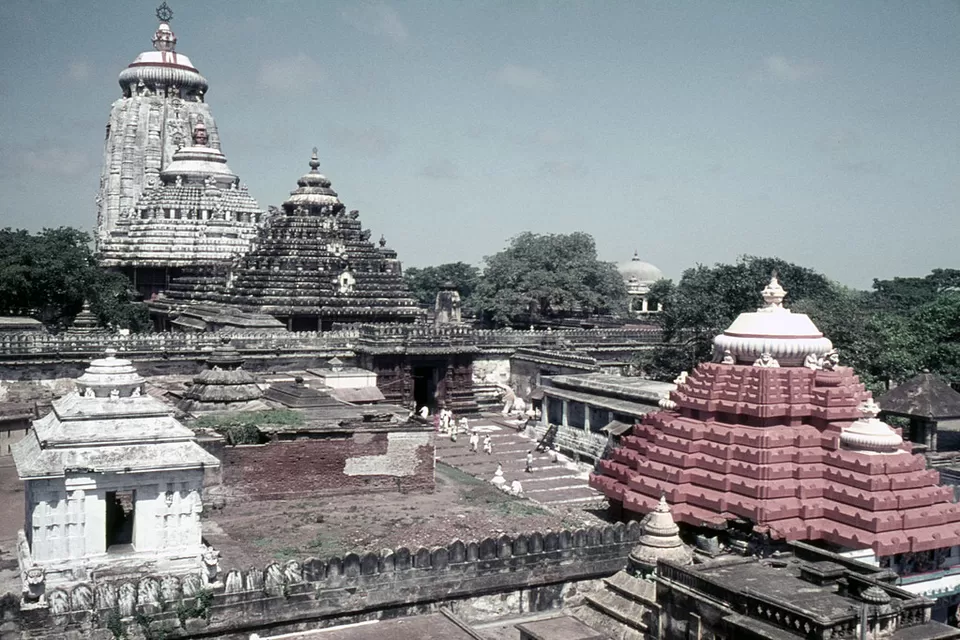
Architecture of the Temple
The architecture of the Jagannath Temple is a marvel of engineering and artistry. The temple complex covers an area of 37 acres and is surrounded by a massive wall called Meghanada Pacheri. The wall has four gates facing four directions: Singhadwara (Lion Gate) in the east, Ashwadwara (Horse Gate) in the south, Hathidwara (Elephant Gate) in the west, and Vyaghra Dwara (Tiger Gate) in the north. Each gate is guarded by a pair of stone animals and has a pyramidal structure on top.
The main temple consists of four structures: Deula (sanctum), Mukhashala (frontal porch), Nata Mandir (festival hall), and Bhoga Mandap (offering hall). The Deula houses the idols of Lord Jagannath, Balabhadra, Subhadra, and Sudarshana Chakra on a platform called Ratnavedi. The Deula has a towering spire called Vimana that rises to a height of 214 feet. On top of the Vimana is a golden wheel called Neela Chakra (Blue Wheel), which is worshipped as a symbol of Lord Jagannath. The Mukhashala is a pillared hall that connects the Deula with the Nata Mandir. The Nata Mandir is a large hall where cultural programs and dances are performed during festivals. The Bhoga Mandap is a smaller hall where food offerings are made to the deities.
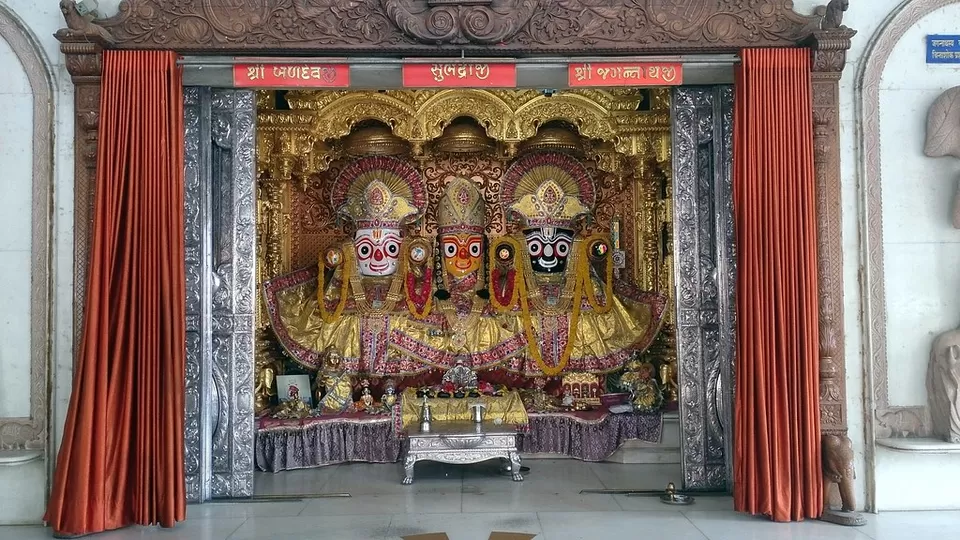
The temple complex also has many other shrines and structures dedicated to various gods and goddesses, such as Lakshmi, Saraswati, Shiva, Ganesha, Hanuman, etc. The temple also has several tanks and wells, such as Narendra Sarovar, Markandeya Sarovar, Rohini Kunda, etc., that are considered sacred and have medicinal properties. The temple also has a library called Jagannath Ballav Matha that contains many ancient manuscripts and books.
The temple is a masterpiece of Kalinga style of architecture, which is characterized by its curvilinear and ornate features. The temple is adorned with exquisite carvings, sculptures, paintings, and motifs that depict various themes and stories from Hindu mythology and culture. The temple is also a living example of the syncretism and diversity of Indian religions, as it incorporates elements from Vaishnavism, Shaivism, Shaktism, Buddhism, Jainism, etc.

Rituals of the Temple
The rituals of the Jagannath Temple are elaborate and intricate. The temple follows a daily schedule of 16 services or nitis that are performed by the priests and servitors or sevakas. The nitis include waking up the deities, bathing them, dressing them, offering them food, putting them to sleep, etc. The nitis are performed according to the lunar calendar and vary according to the season and occasion. The nitis are accompanied by various chants, hymns, songs, and instruments that create a divine atmosphere in the temple.
The most important ritual of the temple is the Mahaprasad or the food offering to the deities. The Mahaprasad consists of 56 types of dishes or chhappan bhog that are prepared in the temple kitchen or Rosa Ghara. The kitchen is considered as the largest in the world and can feed up to 100,000 people in a day. The food is cooked in earthen pots using wood fire and water from a sacred well. The food is first offered to Lord Jagannath, then to Goddess Bimala in the inner sanctum, and then to Lord Shiva in the outer complex. After that, the food is distributed among the devotees as prasad or blessed food. The Mahaprasad is believed to have spiritual and healing powers and is considered as a form of grace from Lord Jagannath.
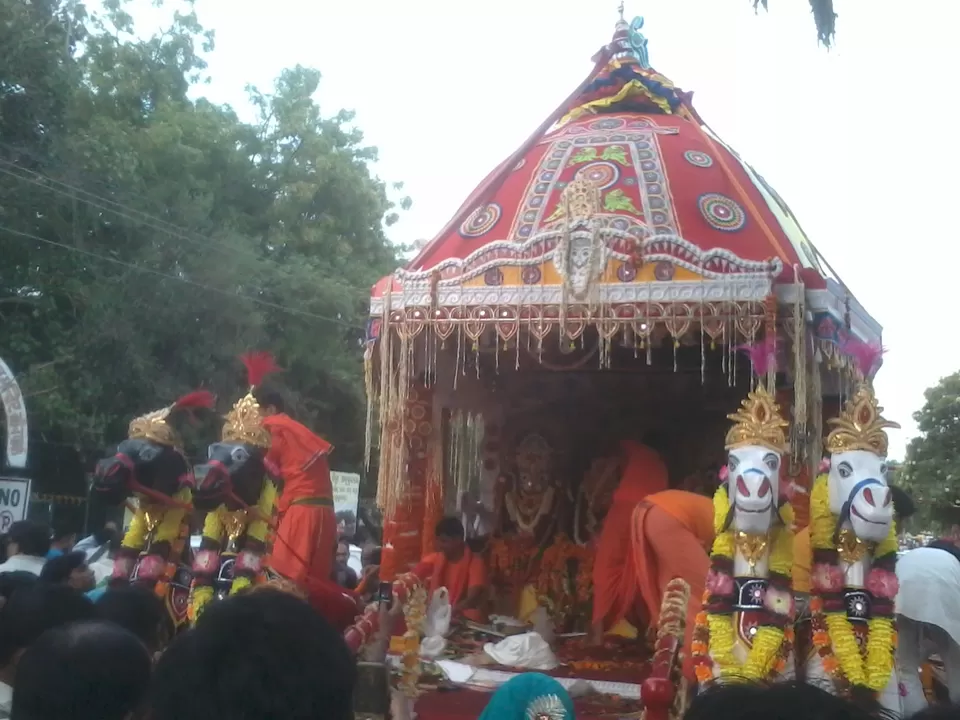
Festivals of the Temple
The festivals of the Jagannath Temple are colorful and vibrant. The temple celebrates many festivals throughout the year that attract millions of pilgrims and tourists from all over the world. Some of the major festivals are:
Rath Yatra: This is the most famous and grand festival of the temple, which is also known as the Chariot Festival or Car Festival. It is celebrated on the second day of the bright fortnight of Ashadha month (June-July). On this day, the idols of Lord Jagannath, Balabhadra, Subhadra, and Sudarshana Chakra are taken out of the temple in huge wooden chariots or raths that are pulled by thousands of devotees along a 3 km long route to the Gundicha Temple or Mausi Maa Temple. The chariots are decorated with colorful fabrics, flags, flowers, etc., and have different names and features. The chariot of Lord Jagannath is called Nandighosha or Garudadhwaja, which has 16 wheels and is 45 feet high. The chariot of Balabhadra is called Taladhvaja or Langaladhwaja, which has 14 wheels and is 44 feet high. The chariot of Subhadra is called Devadalana or Padmadhwaja, which has 12 wheels and is 43 feet high. The chariot of Sudarshana Chakra is called Chakradhwaja or Svarnadhwaja, which has 10 wheels and is 42 feet high. The Rath Yatra symbolizes the journey of Lord Jagannath to his birthplace and his aunt’s house. It also represents the universal brotherhood and equality of all people before God.
Snana Yatra: This is another important festival of the temple, which is also known as the Bathing Festival or Devasnan Purnima. It is celebrated on the full moon day of Jyeshtha month (May-June). On this day, the idols of Lord Jagannath, Balabhadra, Subhadra, and Sudarshana Chakra are brought out of the sanctum and placed on a platform called Snana Mandap or Snana Vedi. They are then bathed with 108 pitchers of water from a sacred well called Suna Kua. The water is mixed with sandalwood paste, turmeric powder, flowers, etc., and poured on the idols by the priests. After the bathing ceremony, the idols are dressed in elephant costumes or Gajanana Vesha or Hati Vesha and offered food and worship. The Snana Yatra marks the birthday of Lord Jagannath and also prepares him for his annual outing during
Rath Yatra: The idols stay at the Gundicha Temple for seven days and then return to the main temple on the ninth day in a similar procession. This return journey is called Bahuda Yatra or Ulto Rath. On the way back, the chariots stop at the Mausi Maa Temple or Ardhasani Temple, where the deities are offered Poda Pitha or baked rice cakes, which is a special delicacy of Odisha. The chariots also face each other at a place called Alarnath Temple or Hera Panchami, where Goddess Lakshmi, the consort of Lord Jagannath, comes to meet him and express her anger and jealousy for leaving her behind. She also damages a part of his chariot as a mark of her protest. The Rath Yatra is a spectacle of faith and devotion that draws millions of people from all walks of life.
Snana Yatra: The Rath Yatra. After the Snana Yatra, the idols are kept in a secluded chamber called Anasara Ghara or Anavasara Pindi, where they are believed to fall ill and undergo treatment by a special doctor called Daitapati. During this period, which lasts for 15 days, the idols are not visible to the public and are replaced by three paintings or pata chitras on the main altar. This period is also known as Anasara or Anavasara, which means absence or vacation. After the recovery of the idols, they are adorned with new clothes and ornaments and brought out of the chamber on a day called Netrotsava or Nava Yauvana Darshana, which means eye festival or new youth sight. On this day, the devotees get to see the fresh and rejuvenated forms of the deities after a long gap.
Chandan Yatra: This is another significant festival of the temple, which is also known as the Sandalwood Festival or Gandhalepana Yatra. It is celebrated for 42 days starting from Akshaya Tritiya (April-May) to Jyeshtha Purnima (May-June). During this festival, the idols of Lord Jagannath, Balabhadra, Subhadra, and Sudarshana Chakra along with other deities such as Madanmohan, Rama, Krishna, etc., are taken out in procession to a nearby tank called Narendra Sarovar or Chandan Sarovar. There they are placed on beautifully decorated boats or chapa and taken around the tank. The idols are smeared with sandalwood paste or chandan and offered various items such as flowers, fruits, sweets, etc. The devotees also participate in this festival by rowing the boats, singing songs, dancing, etc. The Chandan Yatra is a celebration of joy and beauty that marks the onset of summer.
These are some of the major festivals of the Jagannath Temple that showcase its rich and diverse culture and heritage. There are many other festivals that are celebrated in the temple throughout the year, such as Basant Panchami, Shivaratri, Holi, Ram Navami, Janmashtami, Dussehra, Diwali, Kartik Purnima, etc., that add to its charm and glory.
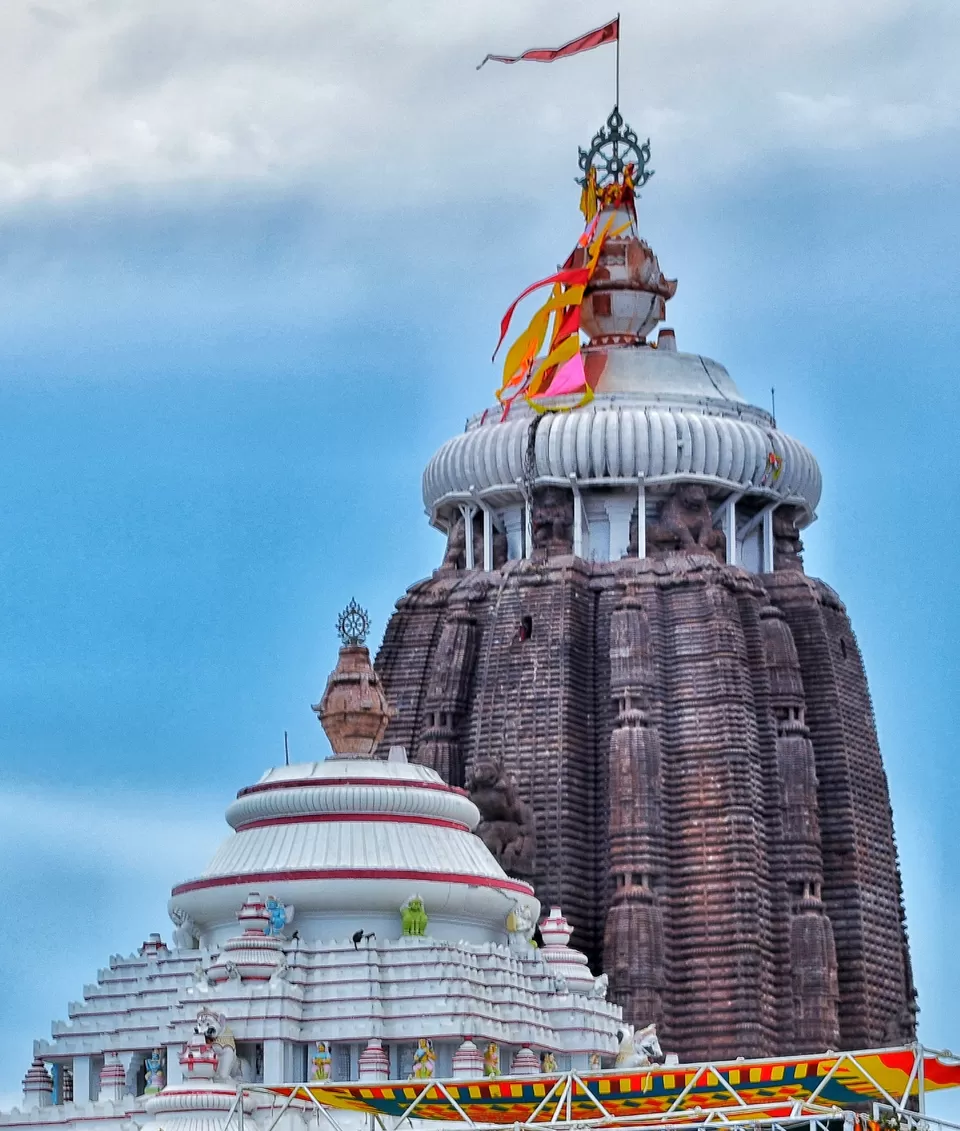
Facts of the Temple
The Jagannath Temple is not only a place of worship but also a place of wonder. There are many facts about the temple that defy logic or science and amaze everyone who visits or hears about it. Some of these facts are:
1. The flag that flies atop the Neela Chakra always flaps in the opposite direction of the wind.
2. The Neela Chakra looks the same from all directions and angles.
3. The shadow of the main temple or Vimana never falls on the ground at any time of the day or year.
4. The sound of the ocean waves can be heard inside the temple premises but not outside it.
5. The food cooked in the temple kitchen never goes waste or falls short, no matter how many people eat it.
6. The food cooked in the temple kitchen does not get spoiled even after several hours or days.
7. The birds or planes do not fly over the temple dome or Vimana.
8. The Sudarshana Chakra on top of the temple can be seen from any corner of Puri town.
9. The idols of Lord Jagannath, Balabhadra, Subhadra, and Sudarshana Chakra have no definite shape or form and are made of wood that never decays.
10. The idols of Lord Jagannath, Balabhadra, Subhadra, and Sudarshana Chakra are replaced every 12 or 19 years by new ones in a secret ceremony called Nabakalebara or New Body.
11. These are some of the facts that make the Jagannath Temple a mysterious and miraculous place that attracts people from all over the world.
Conclusion
The Jagannath Temple is more than just a temple. It is a symbol of faith, culture, and history that has been standing for centuries and witnessing the changes and events of the world. It is a place where you can experience the divine presence of Lord Jagannath and his siblings, who are known as the Lords of the Universe. It is a place where you can witness the grandeur and beauty of the temple architecture and art. It is a place where you can participate in the rituals and festivals that are full of devotion and joy. While you are here, there's also a plenty of beaches you can visit.
If you are looking for a destination that will enrich your mind, body, and soul, then you should visit the Jagannath Temple in Puri, Odisha. It is a place that will make you feel blessed and grateful for being alive. It is a place that will make you want to come back again and again.
We hope that this guide has helped you to know more about the Jagannath Temple and its attractions. If you have any questions or feedback, please feel free to comment below. We would love to hear from you. And if you liked this article, please share it with your friends and family who might be interested in visiting or knowing more about the Jagannath Temple.
Thank you for reading and happy traveling!


























